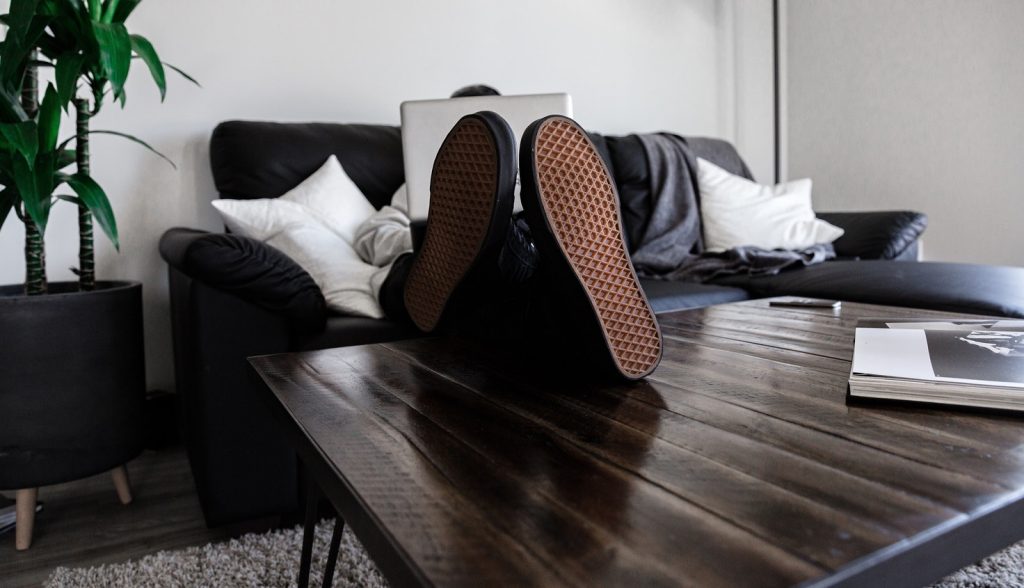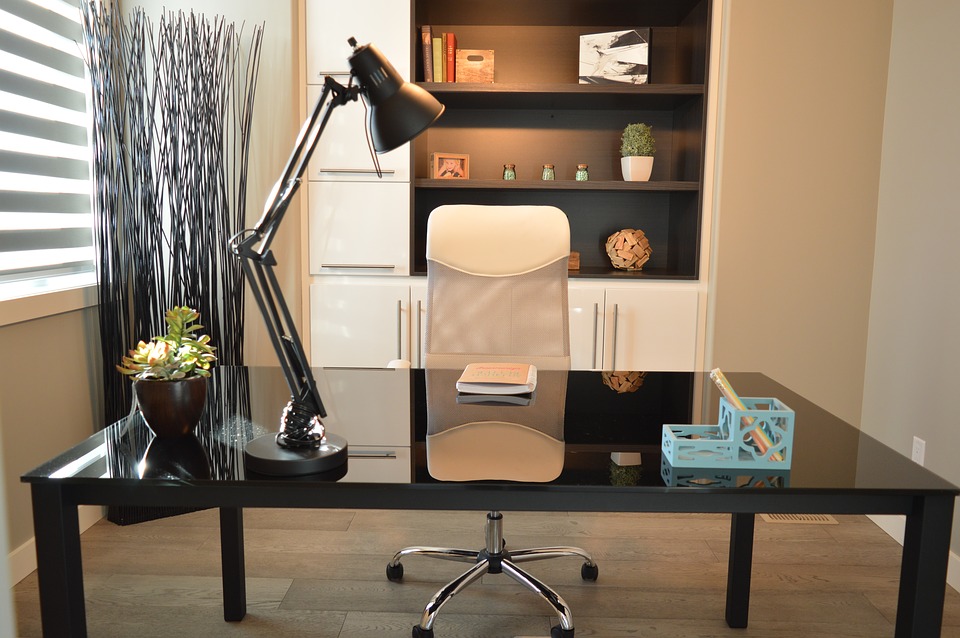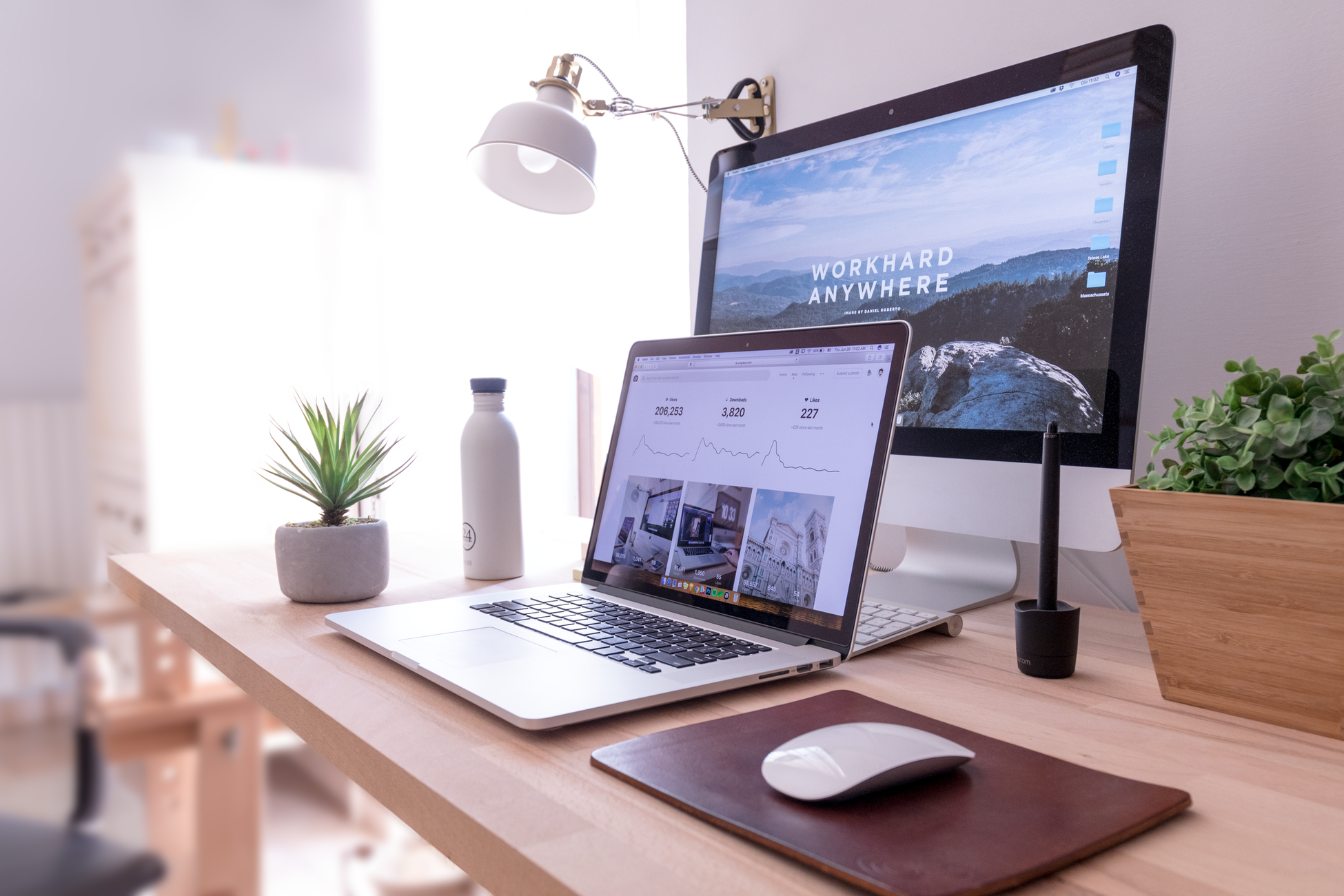Creating a Space That Meets Your Needs and Helps Improve Your Productivity
More and more people are turning to remote work as an alternative to the usual 9 to 5 grind. Better internet access, flexible schedules, and tax incentives make remote work possible, and in many cases preferable, when compared to the standard office setup.
As a result, the home office is more popular than ever, with remote professionals determined to create a space that helps maximize their productivity.
Of course, this has created more than a few bad habits, make-do solutions, and uncomfortable workspaces.
A home office should be comfortable and encourage your productivity and creativity. What better way to create a space tailor-made for your needs than with a fully renovated home office?
Why is a Home Office So Important?
Imagine this:
You’ve gotten yourself all set up for remote work at home. Your laptop is ready to go, you’ve got a hot cup of coffee waiting, and you sit down on your couch to get some work done.
Hold up!

The comfiest couch is eventually going to make you want to lie down or stand up to give your back a break. Sitting in front of the TV is a recipe for distraction. Besides discomfort, eventually, the line between work and leisure will blur so much that you won’t get anything done.
There’s something to be said about treating work—even work at home—like a trip to the office.
Beyond the obvious and immediate benefits, renovating your home office to maximize productivity can do wonders for your mental health, helping you handle the stresses of the day and stay organized from start to finish.
Investing in home office renovations can help you create a space that works for you. Working with the expert, award-winning team at Sunter Homes can help you plan your dream space and make it a reality.
Planning Your Home Office
We’re so often conditioned to think an office needs to be a desk and four walls, but you’re actually able to get extremely creative with this space! Start with a simple evaluation of your prospective office space. What are you working with? Can you add square footage by taking down a wall? What design features should it include?
There are a few key considerations that will help define your home office:
- Comfortable Workstations
- Good Lighting
- Smart Layout
Workstations should offer you a place to focus, free of distractions and clutter. At the same time, you need access to those items that help you get your work done, which means a variety of easy-access storage options.
Floating desks offer a visually stunning workstation solution, but you can also create a nook set below a window that will fit a desk perfectly. Alternatively, if you like to move around while you work, or need a larger space, you can set up a drafting table in the centre of the room.
This would provide more space for smaller, stationary work surfaces elsewhere in your office. Remember, the layout needs to be conducive to your workflow! Think about your work needs and determine the best setup for your situation.
Creating Productive Spaces Tailored to Your Needs
Let’s get this out of the way right off the bat: the layout you’ve envisioned might not work with the space as-is. That’s why you’re renovating!
That spare room in your home might have a good basic setup, but a few careful renovations can improve the location of electric outlets, phone lines, and more. You can add much-needed natural sources of lighting, creating a window or skylight to give you a view when your eyes need to take a break.
Custom shelving and cabinetry let you tailor your space to your needs. For example, hiding your printer in a unique cabinet could allow you to pull it out when needed, and stow it away to save desktop space. Working with experienced contractors and carpenters is a great opportunity to create these one-of-a-kind storage solutions.

Renovating your home office also gives you the opportunity to soundproof the space, giving you a bit more privacy from the rest of your home. As we mentioned earlier, creating a work-first mindset can help you focus and prevent your home life from affecting your work ethic and vice-versa.
Tips for Organizing Your Home Office
Setting up your home office means maintaining some space for circulation around furniture, giving you access to move freely as needed. It can take a bit of thought but determining how you’re likely to move around your space will help you find a layout that’s both comfortable and functional.
If you’re setting up multiple screens in your office, such as a TV in addition to your main work monitor, you might want to consider your eyeline at your desk. Setting up a TV that you can easily watch from your desk is a recipe for distraction, after all!
Remember, beyond functionality, your home office needs to be a relaxing, comfortable environment. If you ever have business prospects or colleagues over for a meeting, you should consider additional seating and a few simple décor items.
Never, ever underestimate the importance of good lighting. Even with a skylight, you should still have plenty of lighting options available to help save you from eye strain. Whether you opt for free-standing lamps or recessed pot lights, make sure you can see what you’re doing at your desk at all times.
Your Home Office is Your Base of Operations
No matter what approach you take for designing your home office, it can’t be overstated that the space in which you work can have an effect in the quality of your work. When there’s a home for everything, and you can reduce clutter and wasted space, you’ll quickly find that this peace is reflected in your day-to-day work.
When you don’t have to think twice about where something goes, you can better focus on the tasks at hand. Designing the home office of your dreams can help you get the job done without pulling your hair out.
